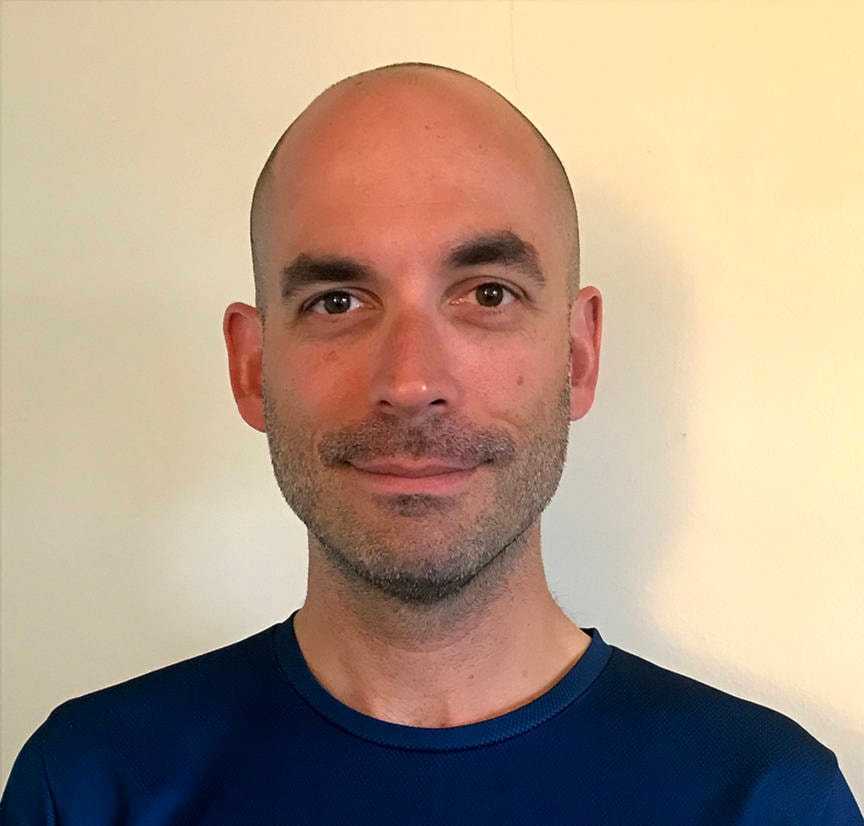In the last 13 years, two Burns Lake men have had their right legs amputated after becoming badly infected. In both cases, their infections became severe because they didn’t receive the right wound treatment in Burns Lake.
Pregnant women can’t have their babies delivered here because delivery services aren’t available at the Lakes District Hospital.
People needing ultrasound sessions must go to Smithers because the hospital here doesn’t have the technology.
Looking specifically at wound treatment, regular application of Vacuum-Assisted Closure (VAC) therapy might have significantly cleared up the leg infections of the two men.
VAC therapy comes in two main forms: small, single-use units that cost about $4,000 for a six week course of treatment; and larger multi-use units intended for several patients that cost $22,000.
RELATED: Specialized wound therapy available in Burns Lake
The Burns Lake hospital can sometimes provide the single-use VAC treatment but it doesn’t have the larger units. Northern Health has for some time been considering the introduction of the larger ones here. Issues like cost, demand and skill sets of medical staff are part of the authority’s consideration.
Twenty-two thousand dollars is not a huge amount of money in terms of medical technology. It doesn’t compare to devices like an ultrasound machine, which go for $250,000 or a computerized tomography (CT) scanner that cost as much as $2.5 million.
But if VAC therapy could have stopped severe infections, surely peoples’ limbs are worth a lot more than $22,000.
The point here isn’t about $22,000 or a machine. Rather, the VAC unit is an example of how Burns Lake appears to be overlooked when it comes to health care.
Consider the population of this region, since medical service provision is partly determined based on demand and numbers. Burns Lake and the surrounding rural area have about 5,000 people. About double that number live in Vanderhoof and Smithers and their environs.
Going just by the numbers, it might make sense that the hospitals in those towns have birthing services, ultrasound machines, and even a CT scanner - in Smithers - while Burns Lake doesn’t. To its credit, Northern Health is considering the provision in Burns Lake of ultrasound technology.
READ MORE: Ultrasound for Burns Lake hospital possible, Northern Health says
But going by less quantifiable factors the situation forces Burns Lake residents to make stressful and costly decisions: driving for an hour or two (or longer) to get a medical procedure; having to take time off work or school; paying for gas, meals, hotels and parking. The costs for people with lingering health conditions that require quick or regular treatment are even higher if they have to keep going back and forth between here and other locations.
The limited services of the hospital put Burns Lake at a disadvantage in the longer term because more newcomers could be drawn if they knew a well-equipped hospital can meet more of their needs. Similarly, more medical services would attract the health care professionals needed to provide them.
Northern Health evidently seeks to make decisions that best utilize the available resources and save costs.
But maybe it’s time to consider the costs that a narrow analysis of numbers and prices have on peoples’ health.
Blair McBride
Multimedia reporter
Send Blair an email
Like Lakes District News on Facebook
